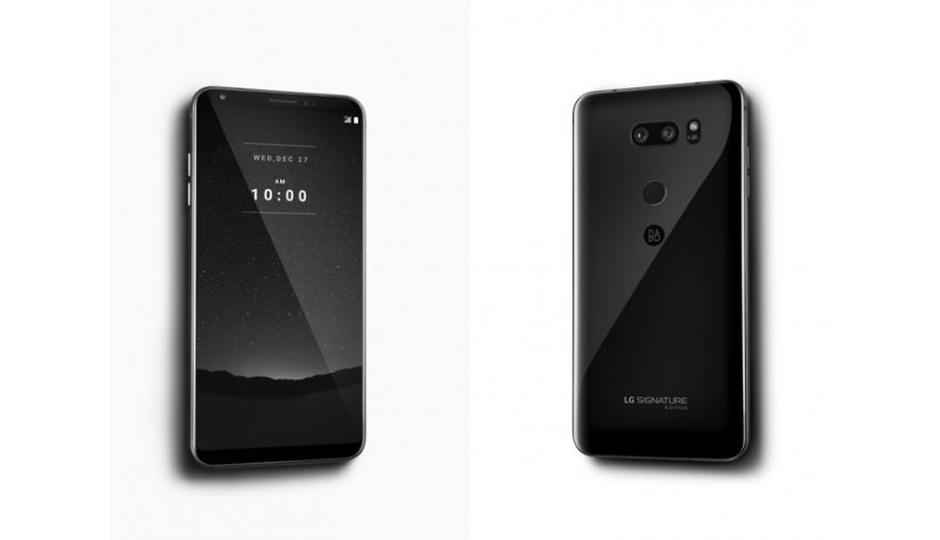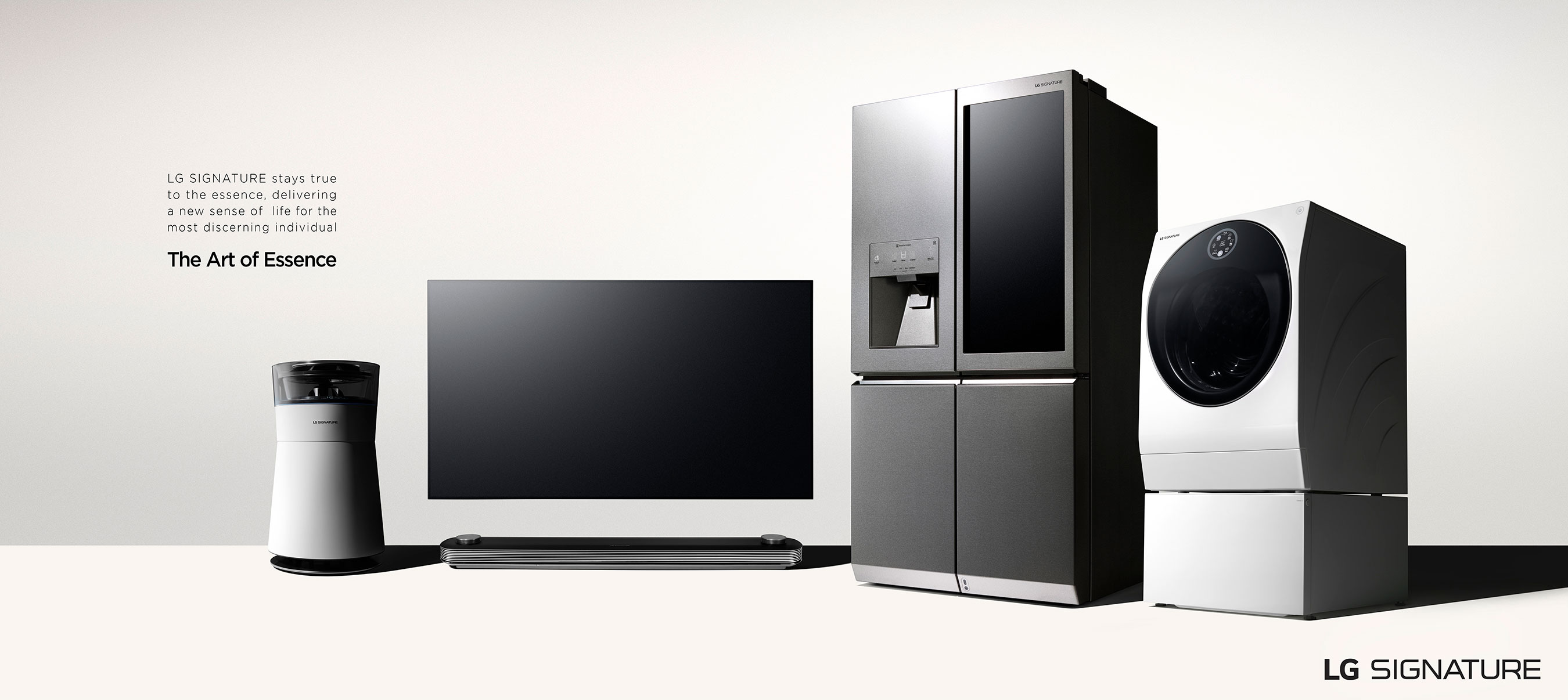

OLED was similarly priced in the stratosphere.
LG SIGNATURE TV
A TV that once cost $20,000 you can now buy for a few hundred dollars at Best Buy.

Flat panel TVs were exorbitantly expensive for years before they broke through to mainstream. So with at least one practical use case for the OLED R, ordinary people like you and me need to wait for the price to come down. Unless: What if the only practical place to put your TV is in front of a window? Then, a model like the OLED R offers the best of both worlds-it rolls up to give you a view out the window by day, and lets you watch Bridgerton by night. And when your TV is so thin that it can blend in with the wall, perhaps a rollable, retractable TV serves no real purpose. Curved TVs, for example, died on the vine because they simply made no sense.

The real question, of course, is whether people will really want this kind of tech in their living room. Dave Johnson/Forbes Waiting for Tech to Trickle DownĬlearly, the OLED R is not a television for mainstream consumers, but that’s the way of most technological innovations-in time, rollable displays may make their way into mainstream consumer sets in one way or another, if there’s an appetite for essentially making your TV disappear. In Line View, the screen rises just far enough to display photos, music info, or other visuals. It’s a small touch, but a clever one, and a great way to leverage the rollable display. You end up with a narrow strip of screen that can display details about music you're streaming, rotate through your photo collection, give you access to a smart home dashboard or just show ambient visuals, like rain or white noise. In this mode, the screen rolls up but stops short of fully retracting into the cabinet. One of my favorite design features of the OLED R is the display’s so-called Line View. It’s not unique to the OLED R, of course, but is a remarkable accessory nonetheless. It’s powered by webOS and works with Google Assistant, Alexa, Airplay 2 and Homekit-not to mention LG’s remarkable Magic Remote that lets you control the screen with mouse-like gestures. The OLED tech gives you true blacks with per-pixel dimming and a wide color gamut, controlled by LG’s Alpha a9 processor.įancy rollable displays notwithstanding, there’s a pretty typical smart TV under the covers. The viewing conditions weren’t ideal all things being equal, I’d want to watch it in a dim home theater, but even in the showroom-like environment of the Exploratorium, the display was impressive. The 4K OLED screen looked every bit as good as you’d expect. That’s not to say the display isn’t currently state of the art. I suspect you might want a different TV by then. That’ll let you turn the TV on and off ten times a day, every day, for 27 years. Well, LG says that the OLED R is rated for 100,000 uses. Dave Johnson/Forbesīut how durable could this thing possibly be? After all, an OLED screen is literally rolled around some sort of unseen spindle inside the cabinet, and you might worry that the process of rolling and unrolling it day after day might make it prone to breakdown, like the infamously unreliable automatic ragtops on vintage sportscars. When the screen slides up, a pair of thin poles rise up in unison to keep the panel rigid as it’s unrolling.īesides being fully extended or rolled up, the Signature OLED R’s display can also be partially exposed in a so-called “Line View,” with roughly a quarter of the screen visible.It's easy to see how thin the screen is from a side view. The flexible screen rolls down into the base at the push of a button, with the roll itself (if you’re curious) facing forward inside the housing.
LG SIGNATURE UPGRADE
You can upgrade the WISA-ready TV’s audio to a 5.1-channel configuration using an optional dongle.
LG SIGNATURE DRIVERS
Meanwhile, the nearly 5.5-foot-wide base houses a 100-watt, 4.2-channel speaker array, complete with front-firing drivers and Dolby Atmos support. And yes, there’s built-in Alexa and Google Assistant, not to mention AirPlay 2 and HomeKit support. The 120Hz OLED panel supports VRR for gaming, while webOS 6.0 delivers a grid of streaming videos and smart TV apps. 4K HDR resolution with Dolby Vision is a given, of course, as well as the manufacturer’s fourth-gen, AI-enabled A9 upscaling processor.

Specs-wise, you can expect the same features and functionality in the Signature OLED R (or the OLED65R1PUA) as you would in LG’s mainstream high-end OLED models. LG’s rollable OLED TV, as seen at CES 2019 in Las Vegas.


 0 kommentar(er)
0 kommentar(er)
